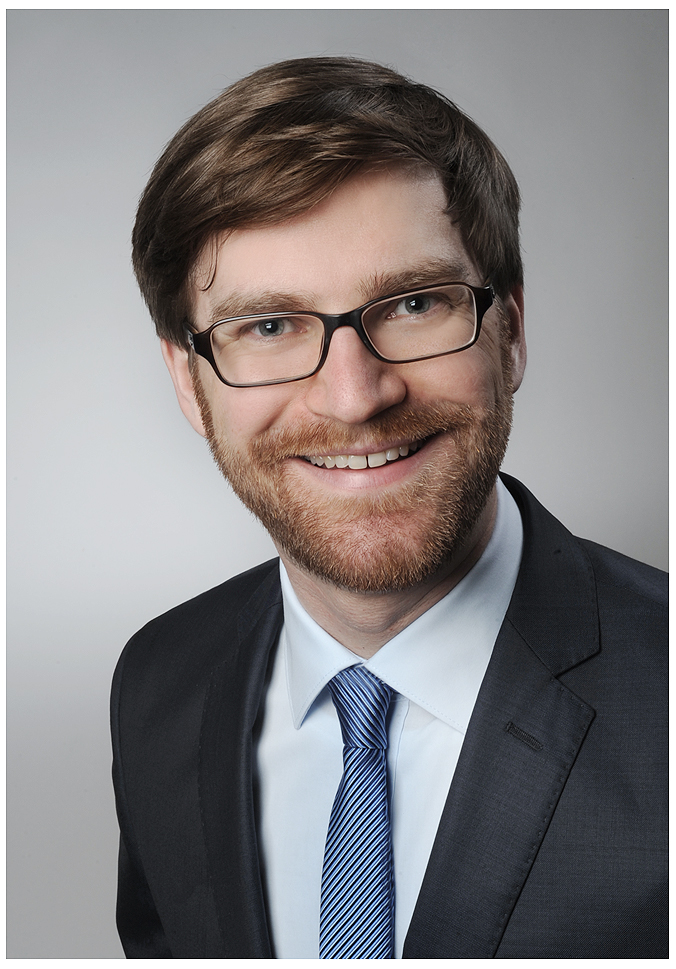
With a wide array of projects in many countries in the Global South, atmosfair is one of the world’s leading climate protection organisations. It is working with the Aid by Trade Foundation to achieve a transition towards CO2-neutral cotton production in CmiA countries as part of the CmiA Carbon Neutral Initiative. We joined Hansjörg Zeller, the head of atmosfair’s New Technologies team, and Nele Erdmann, a senior project developer at atmosfair, to discuss the main challenges they face and the most important steps that need to be taken to address them.

Mr Zeller, the carbon offsetting approach is coming under fire, with many in the media increasingly portraying climate neutrality projects as simply being marketing exercises that provide few benefits for the environment and people in the Global South. For its part, atmosfair makes a point of offering compensation only if emissions are genuinely reduced. What, specifically, do you do differently from other organisations?
We see compensation as only the third-best solution, after the prevention and reduction of greenhouse gas emissions. As a result, we require our partners to make a clear commitment to an ambitious decarbonisation plan. In our view, compensation only makes sense for dealing with the remainder of emissions that currently cannot be avoided. In addition, it is important to be transparent about how claims of carbon neutrality are justified.

Ms Erdmann, what do you consider to be the greatest challenge in reducing CO2 emissions in cotton production, as CmiA has resolved to do through the CmiA Carbon Neutral Initiative?
The Aid by Trade Foundation commissioned a study on the environmental footprint of CmiA cotton, known as a life cycle assessment (LCA). The LCA showed that there are many different sources of greenhouse gases in cotton production. Some of these emissions can be reduced through existing, proven technologies, for example by using solar arrays to power ginneries with renewable energy. However, emissions that are not related to power production cannot be solved by simply adopting a new technology. Emissions arising during soil tillage or from the occasional use of chemical fertilisers can only be reduced through long-term measures that would have to be embraced and implemented by small-scale farmers. This is what CmiA is focussed on.
Mr Zeller, cotton production is responsible for between 0.3 and 1.0 percent of the world’s CO2 emissions. For every kilogram of CmiA cotton they cultivate, small-scale farmers generate greenhouse gas emissions that are on average already 13 percent lower than those from global conventional cotton cultivation. What steps are you taking to reduce their emissions even further?
We have agreed a transition process with CmiA. This means that CO2 emissions during the first phase will be compensated for by one of our climate protection projects. In the second phase, we will begin to reduce production emissions by shifting the supply of energy in the production chain to renewable sources, while other emissions will continue to be compensated for. In the third phase, we plan to also reduce emissions from growing and transporting cotton, for example through pyrolysis, which involves using crop residues to create biochar. Instead of burning them in the fields, crop residues can be composted with other organic residues and processed into a highly effective organic fertiliser. This further reduces emissions from farming. Emissions that remain despite these reductions will still be compensated for.
Ms Erdmann, what specific compensation measures are you implementing, and when do you expect the first reduction measures to take effect?
In the short term, residual emissions will be compensated for through current atmosfair projects. At the same time, we will develop our own CmiA compensation project to provide efficient cooking stoves for households in regions where CmiA cotton is grown in Nigeria, Cameroon, and Tanzania. The stoves use around 80 percent less firewood than traditional cooking equipment, saving up to three tonnes of CO2 emissions per year. We expect the first reduction measures to take effect in the second half of 2023.
Ms Erdmann, are small-scale farmers going to be directly included in the measures so that they, as the ones suffering most from the effects of climate change, can also benefit from these projects?
Small-scale farmers benefit directly from the compensation project because, by using around 80 percent less firewood than usual, they save money as well as time otherwise spent gathering firewood. This can also make a difference in terms of deforestation. As they are traditionally responsible for preparing meals, women and girls are also exposed to significantly less smoke while cooking, which has been proven to improve the health of their lungs. In addition, small-scale farmers get the efficient cooking stoves at a subsidised price, so they can afford them despite their often precarious financial circumstances.
The entire region also benefits from the project because it creates new jobs, as the example provided by ArewaCotton, our partner for a pilot project in Nigeria, has shown. This local cotton company plans to hire additional personnel to sell efficient cooking stoves.
We also evaluate to what extent crop residues produced by small-scale farmers can be used both for emissions reduction and to provide them with a small side income.
Mr Zeller, what role does the CmiA Carbon Neutral Initiative play in shifting the cotton and textile sector as a whole towards CO2 neutrality?
Because CmiA has established structures aimed at securing long-term cooperation with partners in cotton-growing regions, it is possible to test and implement long-term measures, which might ultimately serve as examples for other regions and producers. The CmiA Carbon Neutral Initiative can also be used to ensure that additional costs are not borne by local populations but rather by us in the Global North since we are primarily responsible for the emissions to begin with.